Yichen Cai creates thin, flexible devices that could have myriad uses, from wearable blood-pressure monitors to touch sensors for robots.
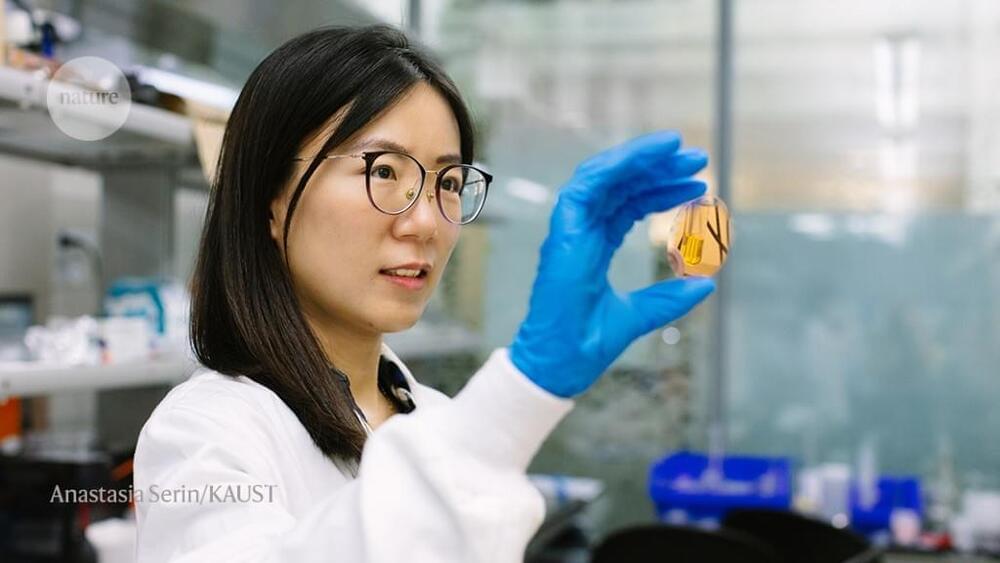


The U.S. Surgeon General has released an advisory alerting the public at large that loneliness has become an epidemic and represents an urgent public health concern. You might be tempted to think that this advisory is somewhat over the top and that loneliness is merely something that we all need to contend with from time to time. It seems obvious that loneliness happens. It seems obvious that loneliness is challenging.
Why should the nation’s highest official public health advisor make such a seemingly outsized clamor over a matter that we take for granted and assume is a natural part of living our lives?
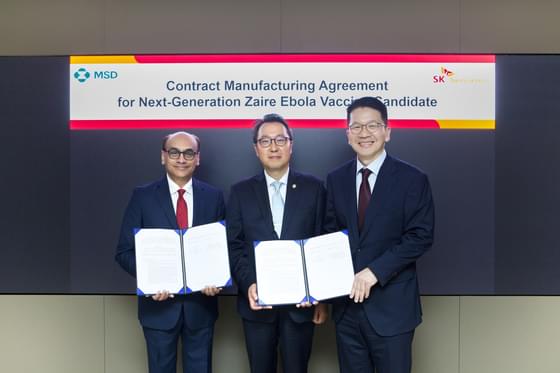
SK bioscience inked a manufacturing deal with MSD for an Ebola vaccine candidate.
Under the contract manufacturing organization (CMO) deal, the New Jersey-based company will transfer technology for the candidate to SK bioscience so that the Korean company can make it at the L House, its vaccine manufacturing site in Andong, North Gyeongsang.
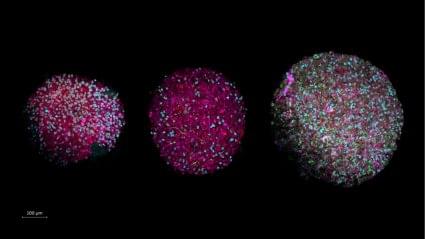
Despite AI’s impressive track record, its computational power pales in comparison with that of the human brain. Scientists unveil a revolutionary path to drive computing forward: organoid intelligence (OI), where lab-grown brain organoids serve as biological hardware. “This new field of biocomputing promises unprecedented advances in computing speed, processing power, data efficiency, and storage capabilities – all with lower energy needs,” say the authors in an article published in Frontiers in Science.
Artificial intelligence (AI) has long been inspired by the human brain. This approach proved highly successful: AI boasts impressive achievements – from diagnosing medical conditions to composing poetry. Still, the original model continues to outperform machines in many ways. This is why, for example, we can ‘prove our humanity’ with trivial image tests online. What if instead of trying to make AI more brain-like, we went straight to the source?
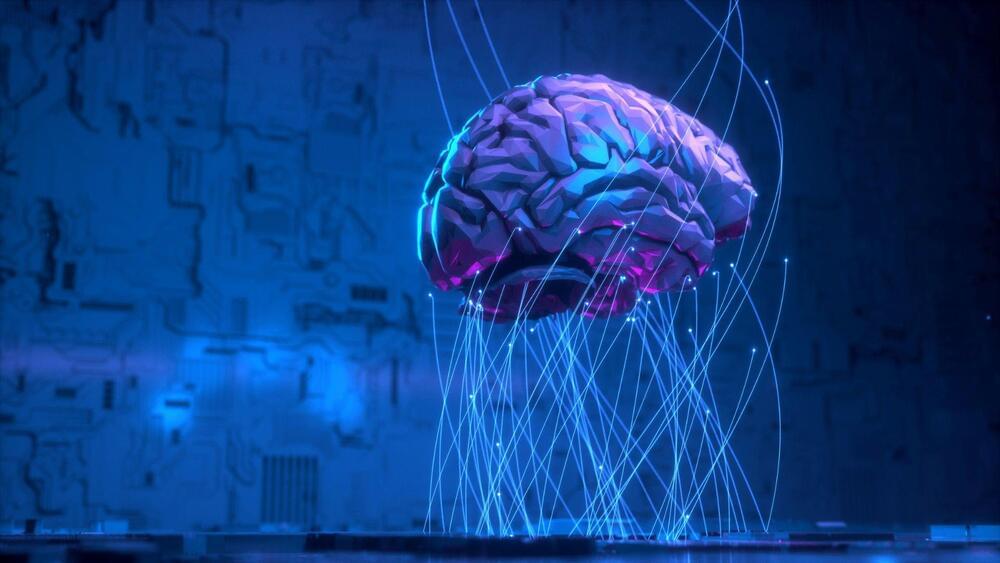
The development demonstrates that China is allegedly at the forefront of the “white-hot technology war between China and the US,” claims Chinese state-run media.
This development encourages the application of brain science research and demonstrates that China is allegedly at the forefront of the “white-hot technology war between China and the US,” according to Chinese state-run media reports on Friday evening.
Chinese researchers claim to have successfully conducted the “world’s first” brain-computer interface (BCI) experiment on a monkey, showcasing China’s BCI technological breakthrough.
“The success of the first animal trial is a breakthrough from zero to one, but getting the success to the clinic is a process from 1 to 100, so we still have a long way to go,” said Ma Yongjie, a neurosurgeon at Beijing-based Xuanwu Hospital Capital Medical University.
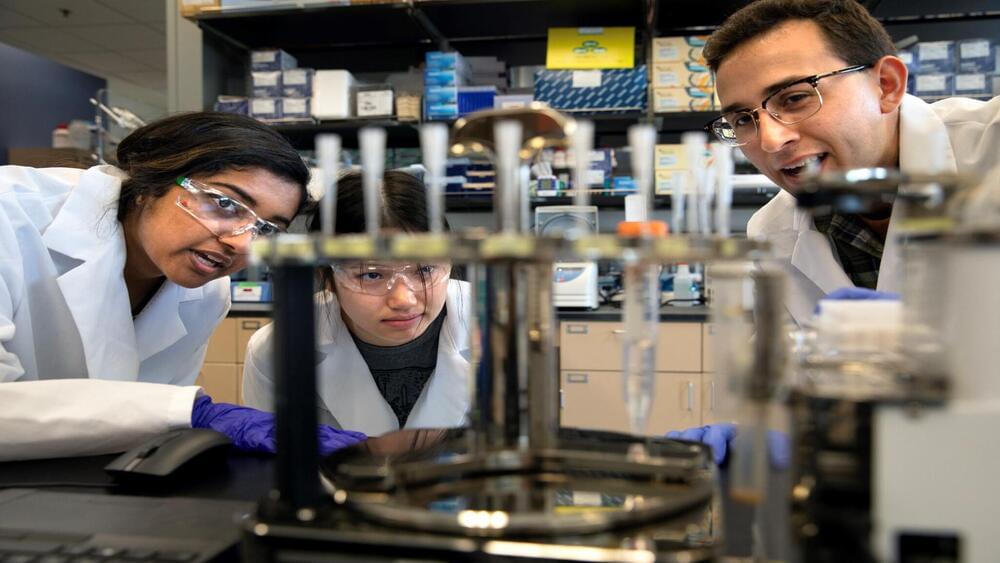
Artificial intelligence-powered BacterAI accurately predicts the necessary amino acid combinations for growth 90% of the time.
A group of scientists has created a system powered by artificial intelligence (AI) that enables robots to conduct as many as 10,000 scientific experiments independently in a single day.
The AI system, named BacterAI, could significantly accelerate the pace of discovery in a range of fields such as medicine, agriculture, and environmental science. In a recent research study released in Nature Microbiology, the team successfully utilized BacterAI to map the metabolic processes of two microbes linked with oral health.
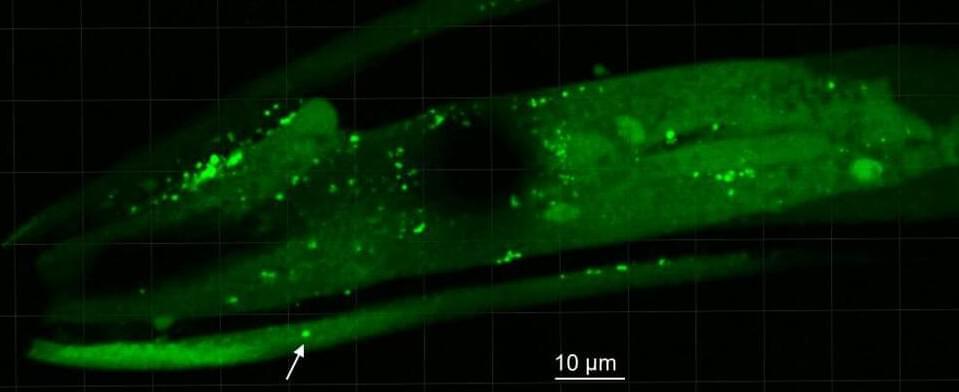
I suspected both this and alzheimers are bacterial infections.
A common genus of microbe found in wet, boggy environments could play a key role in the development of Parkinson’s disease, by excreting compounds that trigger proteins inside brain cells to form toxic clumps.
The findings, made by a small team of researchers at the University of Helsinki and the University of Eastern Finland, build on the results of an earlier investigation showing that the severity of the neurodegenerative disorder in volunteers increased with concentrations of Desulfovibrio bacterial strains in their feces.
By now demonstrating a potential path from the presence of the bacteria in genetically edited worms to physical changes in the brain that coincide with Parkinson’s disease, the researchers hope to one day improve early diagnosis of the disease in humans, or even slow its progress.
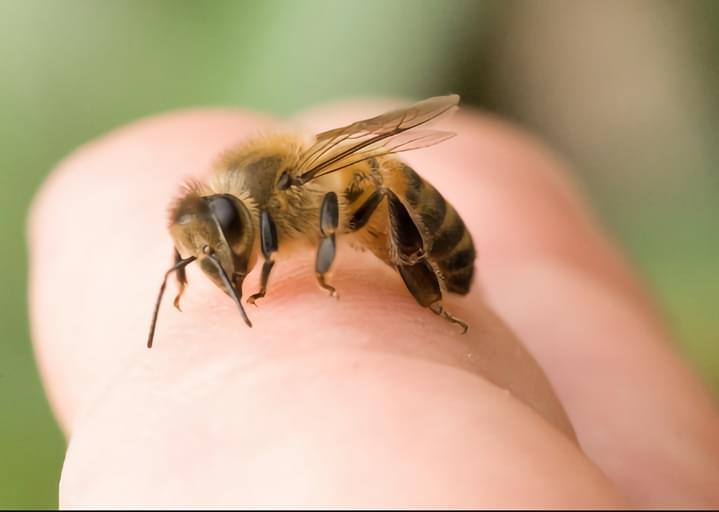
Stinging of Hymenoptera can induce IgE-mediated hypersensitivity reactions in patients with venom allergies, ranging from local to severe systemic reactions and even fatal anaphylaxis. Allergic patients’ quality of life can be primarily improved by injecting increased venom doses to alter their immune response to tolerate venom. This venom-specific immunotherapy is very effective and well tolerated, especially in the administration of vaccines. Creative Biolabs is a world leader in the field of vaccine development. With our extensive experience and advanced platform, we are therefore confident in offering the best vaccine development services for allergic disease.
Creative Biolabs provides vaccine development services for bee venom allergy according to customer’s detailed requirements.

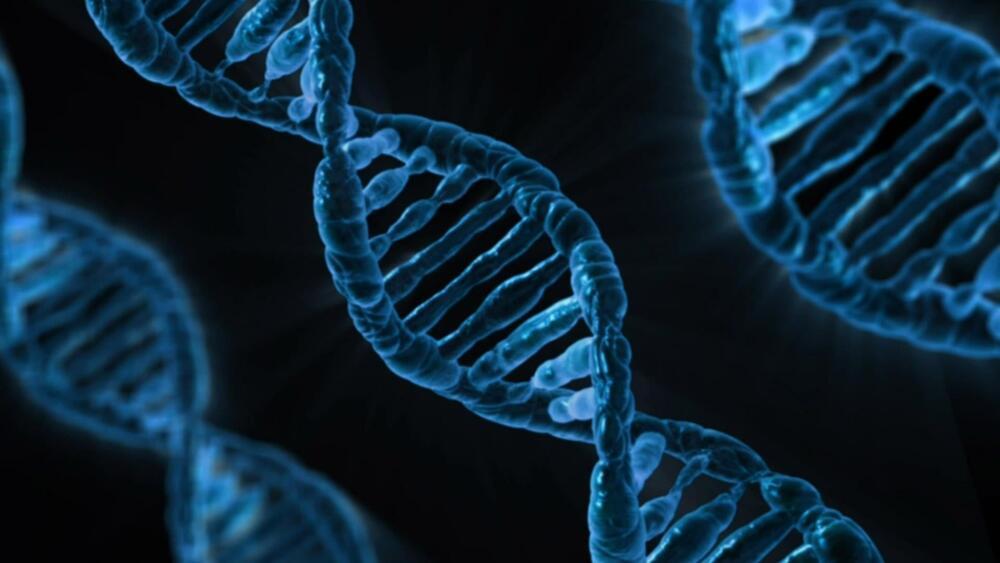
In a study of 17 people from five families, Johns Hopkins Medicine researchers say they found that ultra-lengthy DNA endcaps called telomeres fail to provide the longevity presumed for such people. Instead, people with long telomeres tend to develop a range of benign and cancerous tumors, as well as the age-related blood condition clonal hematopoiesis.
Reporting in the May 4 issue of the New England Journal of Medicine, the Johns Hopkins researchers say clonal hematopoiesis is common among this long-telomere group, and the blood condition combined with long telomeres may help mutations stick around longer in blood cells.
“Our findings challenge the idea that long telomeres protect against aging,” says Mary Armanios, M.D., professor of oncology at the Johns Hopkins Kimmel Cancer Center, and professor of genetic medicine, molecular biology and genetics, and pathology at the Johns Hopkins University School of Medicine. “Rather than long telomeres protecting against aging, long telomeres allowed cells with mutations that arise with aging to be more durable.”